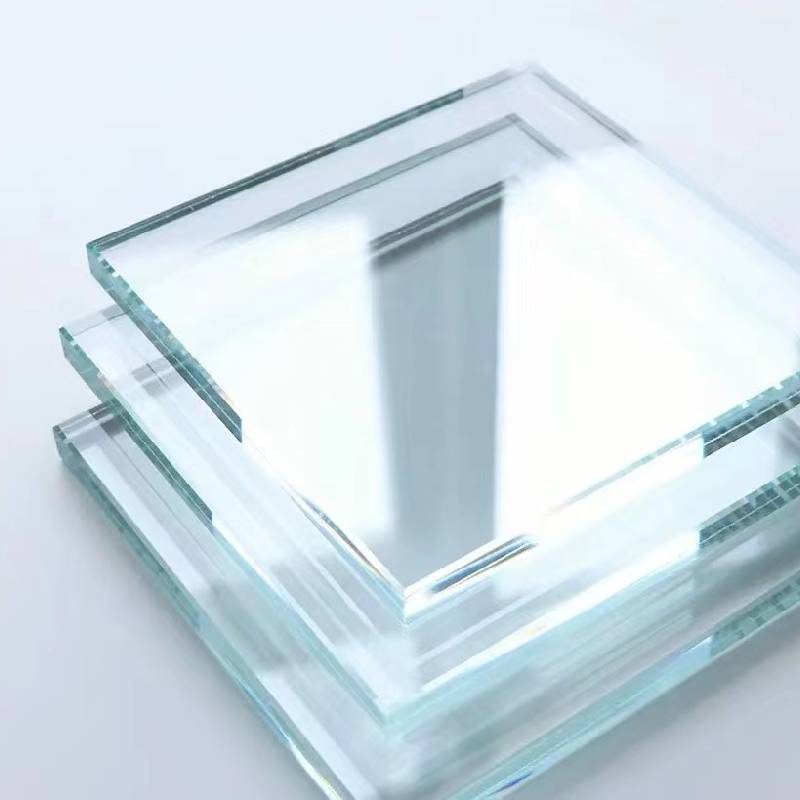

Understanding Single Low-E Glass A Key to Energy Efficiency
In recent years, the pursuit of energy efficiency in buildings has dominated architectural and construction discussions. One of the most significant advancements in materials serving this goal is low-emissivity (Low-E) glass. Among its various types, single low-E glass stands out as a practical solution for both residential and commercial properties. This article aims to delve into the benefits, applications, and technologies behind single low-E glass.
What is Low-E Glass?
Low-E glass is a type of insulating glass unit that has been treated with a special coating designed to minimize the amount of ultraviolet (UV) and infrared light that can pass through it without compromising the amount of visible light transmitted. The low-emissivity refers to the glass's ability to reflect heat instead of allowing it to pass through. This feature is achieved through a thin, metallic oxide coating applied to the surface of the glass.
Single Low-E Glass Vs
. Double or Triple GlazingSingle low-E glass differs from double or triple glazing in its construction. While double and triple glazing incorporates multiple glass panes spaced apart by a gas-filled cavity to provide extra insulation, single low-E glass is a single pane with the low-E coating. This single-pane solution is lighter and requires less structural support, making it easier to install in existing buildings.
Despite being less insulating than its multi-pane counterparts, single low-E glass can still significantly enhance energy efficiency. It is an excellent option for climates where extreme temperatures are not typical, providing a balance between cost-effectiveness and performance.
Benefits of Single Low-E Glass
1. Energy Efficiency One of the primary advantages of single low-E glass is its ability to reduce energy consumption. By reflecting interior heat back into the room during colder months and deflecting excess heat during warmer months, it helps maintain a stable indoor temperature. This feature can lead to lower heating and cooling costs.

2. UV Protection The low-E coating significantly reduces UV radiation entering the building. This not only helps in maintaining a comfortable environment but also protects furnishings, carpets, and art from fading due to prolonged exposure to sunlight.
3. Natural Light Unlike tinted or darker glass options, single low-E glass allows ample visible light to enter while controlling heat. This means that spaces can remain bright without the drawbacks of excessive heat gain, making it ideal for homes and offices that prioritize natural lighting.
4. Cost-Effective Solution With lower installation costs than double or triple glazing, single low-E glass presents a cost-effective option for those looking to improve energy performance without substantial financial investment.
Applications and Uses
Single low-E glass is suitable for a wide range of applications. Its versatility makes it ideal for residential windows, storefronts, commercial buildings, and even in certain interior applications where natural light is desired, and overheating must be controlled.
In retrofitting projects, single low-E glass can be an attractive option to enhance existing window systems, aiding in the modernization of older buildings while preserving their aesthetic qualities.
Conclusion
Single low-E glass offers numerous benefits that position it as a smart choice for energy-conscious consumers and builders alike. While it may not provide the same level of insulation as double or triple glazing, its advantages in terms of cost, weight, and efficiency make it an appealing option in many scenarios. As the demand for energy-efficient solutions continues to rise, innovations in materials like single low-E glass will undoubtedly play an essential role in shaping the future of sustainable building design. By integrating these materials, we can create more comfortable living environments while also taking significant steps towards reducing overall energy consumption.